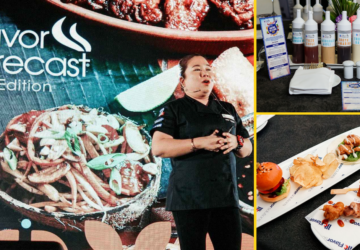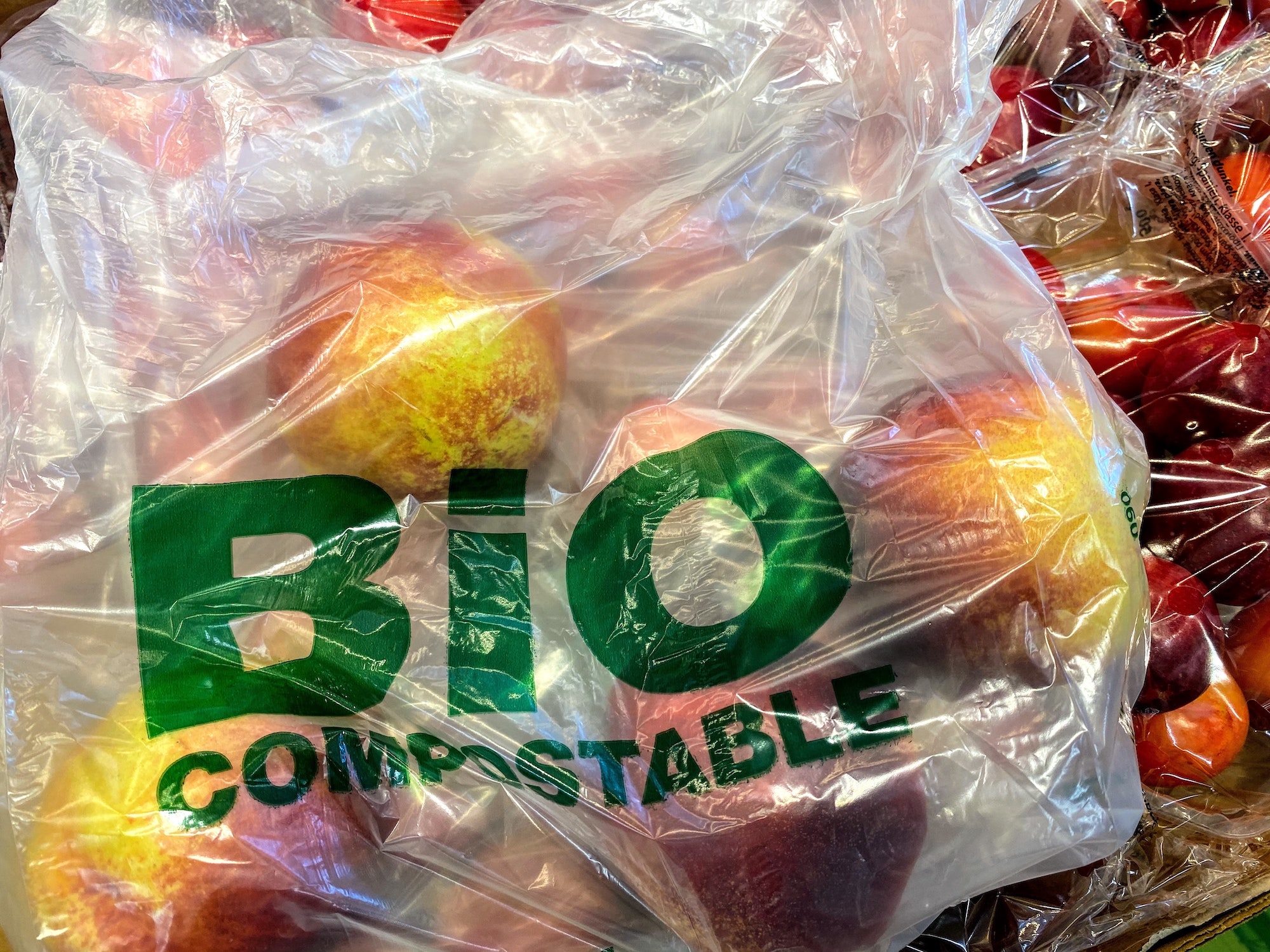During National Food Fair 2019, the Design Center of the Philippines partnered with Material Connexion (the world’s leading material innovations consultancy organization) to bring its unique brand of design thinking to the Philippines. A trusted advisor of Fortune 500 companies, Material Connexion combines engineering with design in a forward-thinking approach to solve the growing plastic problem around the globe.
The Philippines is reportedly the third biggest producer of plastic waste found in oceans with more than 1.88 million metric tons produced every year. The prime culprit are non-biodegradable plastics that take centuries to degrade. Material Connexion’s solution to the crisis is a library of sustainable projects with the collective goal to beating the plastic problem.
Here are some of the projects underway that the food industry could contribute to and benefit from.
Made from milk
Leading in the world of milk protein bioplastics, Lactips has developed a milk-based thermoplastic that can be used for packaging material. Cosein, a protein derived from milk, is the material’s key ingredient that can double as edible food packaging. It’s both biodegradable and water-soluble, ensuring that it won’t take years to degrade like regular plastic.

No food to waste
Genecis redirects food waste from landfills to their lab in order to create polyhydroxyalkanoates (PHA) bioplastics that are high-quality and fully biodegradable. Not only are their products recyclable but they are also compostable. Genecis has currently processed 1,880 kilograms of food waste and produced 9,724 bioplastic spoons.
Upcycling ocean plastic
Ioniqa, a Netherlands-based tech company, is converting polyethylene terephthalate (PET) plastic (from water bottles and tupperware) into virgin plastic that can be reused for food packaging. They do this by breaking down PET waste to a base molecular level in order to produce a recyclable form of plastic. According to founder and CEO Tonnis Houghoudt, they can recycle waste ranging from ocean plastic pollution to a child’s fleece onesie into a water bottle, which can then be recycled (or upcycled) into something else.
Reusing waste water
Aiming to stop energy, food, and materials waste, EggPlant is producing polyhydroxybutyrate (PHB) bioplastic (bio-derived and biodegradable) by reusing wastewater produced from washing dishes or taking a shower. The technology it uses filters water to separate sugar, proteins, purified water, and a bacterium that is essential to forming PHB bioplastic. Seeing as it’s bio-derived, the technology can be used as biodegradable food packaging.
Light as a feather
A forgotten byproduct of the poultry industry, feathers are the center of Aeropowder’s technology that transforms feather waste into a repurposed material called pluumo, which is made from 95 percent waste feathers and five percent biobinder. The biodegradable technology can be used to insulate perishable food in groceries.
Hive derived
Humble Bee is studying a masked bee species that creates a nesting material similar in form to cellophane. The material often used for polvoron may soon be replaced by this bee-sourced bioplastic that is resistant to water, high temperates, and chemicals.





